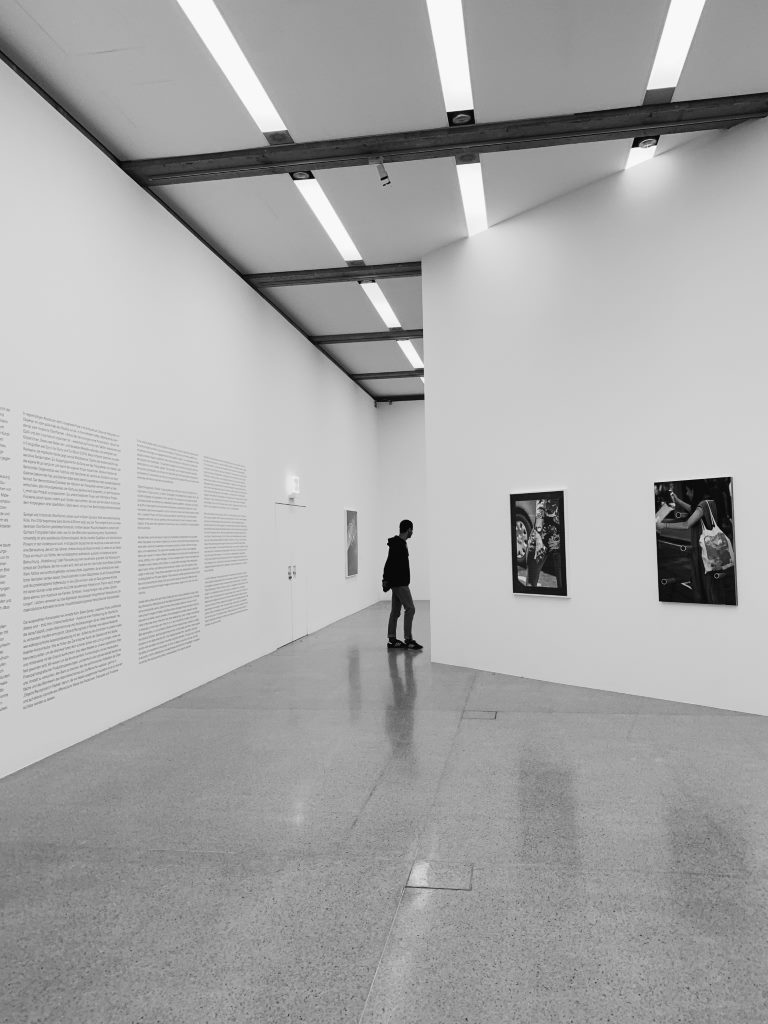How to Plan Your Private Car Full Day Trip to Obidos, Nazare, and Alcobaca in Lisbon
Are you planning a trip to Lisbon and looking for a perfect day trip to discover amazing medieval structures, laid-back beach culture, and historic heritage sites? Then the private car full-day trip to Obidos, Nazare, and Alcobaca is the ideal option to explore the beautiful countryside and coastal regions of Portugal. In this blog post, we’ll guide you on how to plan your trip, what to see, and what to expect from this 8-hour excursion.Experience
The trip is designed to provide you with an unforgettable experience of Portugal’s cultural, historical, and natural attractions. You’ll enjoy a comfortable ride in a private car with an expert local guide who will take you on a tour of three iconic destinations:Highlights
- Explore the charming medieval village of Óbidos
- Visit Nazaré, the site of international surfing championships and stunning beaches
- Enjoy a tour of the Alcobaça Monastery, a UNESCO World Heritage Site
Full Description
The tour starts with a journey through the romantic village of Obidos, one of the most charming fortified medieval towns in Portugal. You will have an opportunity to explore the castle walls, narrow streets, whitewashed houses, and Gothic-style churches. You can also stop for a taste of ginjinha, a traditional liqueur made from sour cherries and served in edible chocolate cups. Afterward, you will head to Nazaré, a small fishing village located 120 km north of Lisbon. Nazaré is now known for its beaches and giant waves that attract professional surfers from all over the world. You will visit the São Miguel Arcanjo Fort – Surf Museum, where you can learn about the culture, history, and science of surfing. Finally, you’ll visit the Alcobaça Monastery, founded in the 12th century by the first king of Portugal. The monastery is a masterpiece of Cistercian Gothic architecture and has been designated as a UNESCO World Heritage Site. You’ll get to see the tombs of King Pedro I and Inês de Castro, whose love story is one of the most famous and tragic in Portuguese history.Inclusions
- Private transportation
- Local guide
- Entry tickets to Alcobaça Monastery
- São Miguel Arcanjo Fort – Surf Museum
- Meals
How to Book Your Tour
Booking your private car full-day trip to Obidos, Nazare, and Alcobaca is easy and straightforward. Simply visit the official website of our trusted partner GetYourGuide and select the date, time, and number of persons to book the tour. The cost of the tour is affordable and includes all the necessary amenities to make your trip hassle-free and comfortable.Book Your Tour Now
If you’re thinking of adding some variety to your vacation in Lisbon, you should consider this private car full day trip to Obidos, Nazare, and Alcobaca. You’ll enjoy scenic views, explore charming villages and historic sites, and learn about Portugal’s rich cultural heritage. We hope this guide has been helpful in planning your trip, and we wish you a fantastic experience on your adventure!
Frequently Asked Questions about Lisbon
If you’re planning to visit Lisbon, the capital city of Portugal, you might have some questions about the city. Here are some frequently asked questions and their answers to help you plan your trip.1. What is the best time of the year to visit Lisbon?
The best time to visit Lisbon is during the shoulder seasons of spring (March-May) and autumn (September-November). The weather is pleasant, and there are fewer crowds. However, if you want to go to Lisbon in summer (June-August), be aware that it can get very hot, and the city can be crowded. Winter (December-February) can be rainy, but you’ll find fewer crowds and lower prices.2. Do I need a visa to visit Lisbon?
It depends on your nationality. Portugal is part of the Schengen area, which means that citizens of some countries can enter without a visa and stay for up to 90 days, while citizens of others require a visa. Check with the Portuguese embassy or consulate for up-to-date visa requirements.3. How do I get around Lisbon?
Lisbon has an excellent public transportation system, including buses, trams, and a metro system. You can purchase a rechargeable Viva Viagem card for convenient travel. Taxis and ride-hailing services like Uber are also available, but they can be more expensive than public transportation.4. What are some must-visit attractions in Lisbon?
There are many must-visit attractions in Lisbon, including:- Jeronimos Monastery – a UNESCO World Heritage site
- Belem Tower – a medieval fortress by the Tagus River
- Castelo de Sao Jorge – an ancient castle overlooking the city
- Bairro Alto – a historic neighborhood with bars and restaurants
- Ponte 25 de Abril – a bridge resembling the Golden Gate Bridge in San Francisco
5. What is the food like in Lisbon?
The food in Lisbon is diverse and delicious. Some must-try dishes include:- Pasteis de Nata – a Portuguese pastry with egg custard
- Bacalhau – dried and salted cod, a staple in Portuguese cuisine
- Cozido – a hearty stew with various meats and vegetables
- Sardinhas – grilled sardines often served with bread and salad
- Ginjinha – a cherry liquor, popular as an after-dinner drink
6. What are some day trips from Lisbon?
If you have time, there are many worthwhile day trips from Lisbon, including:- Sintra – a historic town with romantic palaces and castles
- Cascais – a beach town popular for its surf and seafood
- Obidos – a medieval town with a well-preserved castle and walls
- Evora – a UNESCO World Heritage site with Roman ruins and a Gothic cathedral
- Fatima – a Catholic pilgrimage site with the famous Sanctuary of Our Lady of Fatima
7. How safe is Lisbon?
Lisbon is generally safe for visitors. However, it’s always a good idea to take precautions to avoid pickpocketing or petty theft, particularly in crowded tourist areas. Be careful when using public transportation, and don’t leave your belongings unattended.8. What is the currency in Lisbon?
The currency in Lisbon, as in Portugal, is the Euro. ATMs are widely available throughout the city, and credit cards are accepted in most establishments.9. What language do people speak in Lisbon?
The official language in Lisbon, and throughout Portugal, is Portuguese. However, many people in Lisbon also speak English, particularly in tourist areas.10. What should I pack for my trip to Lisbon?
What you pack for your trip to Lisbon will depend on the season and your activities. However, some essentials to bring include:- Comfortable shoes for walking on Lisbon’s hilly streets
- A waterproof jacket or umbrella, particularly if you’re visiting in winter or spring
- A camera to capture Lisbon’s beautiful views and attractions
- Sunscreen and a hat for protection from the sun
- Adapters for electrical outlets if you have electronic devices from outside of Europe
Book Your Tour Now
Lisbon is a beautiful and vibrant city with much to see and do. Whether you’re interested in history, food, or sightseeing, there’s something for everyone in Lisbon. Use this FAQ to help plan your trip, and don’t be afraid to explore all of the city’s neighborhoods and attractions.
How to Spend Your Time as a Tourist in Lisbon
Lisbon, the capital of Portugal, is a city full of history, culture, and charm. As a tourist, there are numerous things to do and see in Lisbon. From the iconic Belem Tower to the historic Alfama neighborhood, Lisbon is a place that shouldn’t be missed. In this guide, we will explore some of the best ways to spend your time as a tourist in Lisbon.1. Visit the Belem Tower
The Belem Tower is arguably one of the most iconic landmarks in Lisbon. This fortified tower was built in the early 16th century and served as a defensive structure for the city. Today, it is open to tourists and offers spectacular views of the surrounding area. The tower is located in the Belem neighborhood, which is also home to other historical sites such as the Jeronimos Monastery and the Discoveries Monument.2. Take a Walk Through the Alfama Neighborhood
The Alfama neighborhood is one of the oldest in Lisbon and is known for its narrow streets and historic buildings. Taking a walk through Alfama is a great way to immerse yourself in Lisbon’s culture and see how the locals live. As you wander through the streets, you will come across traditional shops, restaurants, and cafes. Consider taking a guided tour of the neighborhood to learn more about its history and landmarks.3. Explore the Castelo de Sao Jorge
The Castelo de Sao Jorge is an ancient castle that dates back to the 6th century. It was originally built by the Moors as a defensive fortress and was later taken over by the Portuguese in the 12th century. Today, the castle is open to tourists and offers stunning views of Lisbon. Make sure to visit the castle’s museum to learn more about its history and the city’s past.4. Visit the Museu Nacional do Azulejo
The Museu Nacional do Azulejo is a museum dedicated to the art of Portuguese tiles. The museum houses a vast collection of tiles from different periods and also offers workshops where you can create your own tiles. Visiting the Museu Nacional is a great way to learn about Portuguese history and culture through art.5. Enjoy the Food and Wine
No trip to Lisbon would be complete without indulging in the city’s food and wine. Lisbon offers a diverse range of cuisine, from traditional Portuguese dishes to international cuisine. Some must-try dishes include bacalhau (salt cod), caldo verde (a potato and kale soup), and pasteis de nata (custard tarts). Pair your meal with a glass of Vinho Verde, a light and refreshing wine that is popular in the region.6. Take a Ride on Tram 28
Tram 28 is a historic streetcar that runs through some of the most scenic neighborhoods in Lisbon. Taking a ride on Tram 28 is a great way to see the city’s historic districts and landmarks, including the Castle of Sao Jorge, Alfama, and the Miradouro de Santa Luzia viewpoint. The tram is popular among tourists, so be prepared for long lines and crowds.7. Relax at the Beach
Lisbon is known for its stunning beaches, and taking a day trip to the beach is a great way to unwind and soak up the sun. Some of the most popular beaches near Lisbon include Praia do Carcavelos, Praia da Rainha, and Praia da Ursa. Make sure to bring plenty of sunscreen and a beach towel for a day of fun in the sun.Book Your Tour Now
Lisbon is a city full of history, culture, and charm. From visiting the iconic Belem Tower to indulging in the city’s food and wine, there are numerous ways to spend your time as a tourist in Lisbon. Remember to take your time and immerse yourself in the city’s culture and history.Table of Contents

